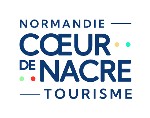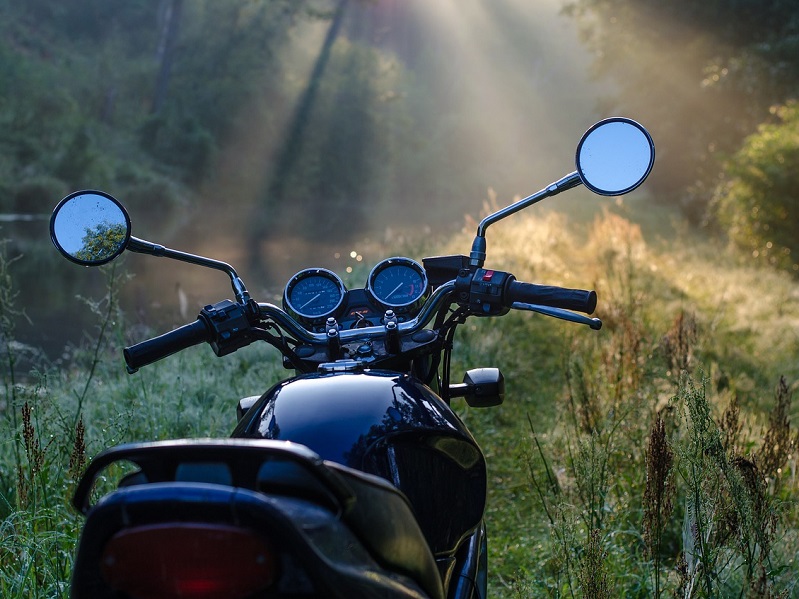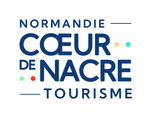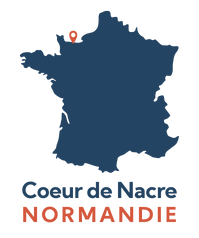Description
The Tour du Calvados is organized by Rétro Moto Côte de Nacre and celebrates its 10th anniversary this year. The aim of the event is to enable participants to discover Normandy over 3 days, a journey of around 500km based solely on the roadbook given to them in the evening. The event is reserved for pre-1965 motorcycles, and we're expecting 80 riders plus accompanying persons. This year, in addition to Begles and the English, 22 French departments will be represented in Luc sur mer: Hautes Alpes, Ardennes, Calvados, Charentes, Côte d'Armor, Dordogne, Eure, Eure et Loire, Finistère, Indre et Loire, Maine et Loire, Manche, Mayenne, Morbihan, Nord, Oise, Orne, Bas Rhin, Sarthe, Seine Maritime, Essonne, Val-D'oise.
Stage 1: Friday, May 17, 2024. You won't be able to miss it - it's the 80th anniversary of the Allied landings on French soil. So we've chosen to show you some of the sites along roads that aren't too difficult for our old machines. We've tried to avoid the tourist traps a little by taking you to places we find beautiful or really interesting. We'll have lunch in the village hall in Ravenoville (Utah Beach), facing the sea and just a few kilometers from Sainte Mère Eglise, famous for its parachutist (at the risk of disappointing you, probably a legend.) hanging from the roof of the church. You'll be able to see him, though, as we've asked him to wait for us in his awkward position until after lunch. To reach these destinations, we'll keep as close to the sea as possible, wherever possible. A few yards from the very important American cemetery (9387 graves), the Overlord museum in Colleville sur mer awaits us for a visit. Given the distance remaining after this, it would be best to limit the length of your visit. Sainte Mère l?église Visit to the Overlord museum in Colleville/mer. Lunch will be served in the Ravenoville village hall.
Stage 2: Saturday May 18, 2024
Visit to Château de Falaise With this new stage to Falaise and the visit of its castle, a mini history summary is in order. William the Conqueror is one of the key figures of Normandy. William was a descendant of Rollon, the fierce and violent Viking chieftain who had settled at the mouth of the Seine 100 years earlier. According to Viking tradition, William's father had several wives, one of whom, Arlette, from Falaise, gave birth to William in 1027 in their castle in that town (earning him the nickname of bastard, as he was contrary to Catholic precepts). To put an end to Viking plundering and invasions, the King of France (Charles III) signed a treaty with Rollon, who converted to Catholicism and received Neustria, which was to become the Duchy of Normandy. William lost his father at the age of 8 and found himself at the heart of plots orchestrated by pretenders to power. After escaping assassination attempts, he joined forces with the King of France (Henry 1) to defeat the rebellious Norman barons norman barons. It was the battle of Val es dune (Vimont, 20kms from Caen). William had made Caen and its castle his main residence. William wished to marry his 3rd cousin (Mathilde), but the Pope was not in favor refused, unless? They built 2 abbeys in Caen, which they did (the Men?s Abbey, where William is buried, and the Ladies? Abbey, where Matilda is buried). In 1066, Edward, King of England, died without an heir. He had promised his throne to several people, including William, to whom he sought refuge for 30 years to escape Sven 1 er of Denmark, who had driven his father from the throne of England from the throne of England. William, certain of his rightful claim, set sail with his army (from Dives sur mer), conquered England england to become king after the victorious battle of Hasting. Lunch will be served in Falaise, a town that suffered enormously during the war, with memories of the Falaise pocket whose terrible fighting took place just a few kilometers away. We return to the Laize valley, which we follow for a few kilometers, passing by the kilometers, passing the old tannery dryers in the hamlet of Gauguin (you can stop there), then cross the then cross the Orne on the edge of the Suisse Normande to head due north across the the Caen plain towards the sea.
Stage 3: Sunday, May 19, 2024.
This third day is a first: no roadbook! We will cross the city of Caen the visit to the Abbey was not authorized due to the large number of people. However, we did cross the city, with the kindness of the municipal police, on our way to Vieux la Romaine head for Vieux la Romaine, where an archaeologist will welcome us in 2 groups to comment on recent discoveries of this ancient city of Aregenua, the vanished Roman capital. Small groups of bikers with a "guide" in the lead will slowly make their way through the town, built on marshland through the city, built on marshland still present beneath the buildings. Just take a look look at the Church of St. John, which sank as the never-finished lantern tower rose tower. The war had nothing to do with it, it was just the way it was before. We pass the castle built by William the Conqueror, then the Gothic church of Saint Pierre where the river that used to flow past the church has been canalised and covered over to create a boulevard. On to the Men?s Abbey, now the the town hall. It is in this church that William the Conqueror william the Conqueror (or what remains of him remains, as the revolutionaries desecrated desecrated). New direction "la prairie", Caen?s green lung green lung of the city of Caen and on to Vieux la romaine.
The event ends at midday on Sunday, with the motorcycles on display and the riders on hand to answer any questions you may have.
Opening hours
- from 17 may to 19 may 2024 from 08:00 to 17:00
Prices
Contact / Find
- Address: Salle Brummel, Rue Brummel, 14530 LUC-SUR-MER
- Mobile: 07 65 23 91 00
- E-mail:
- Website: www.retro-moto-cote-de-nacre-luc-sur-mer.fr



